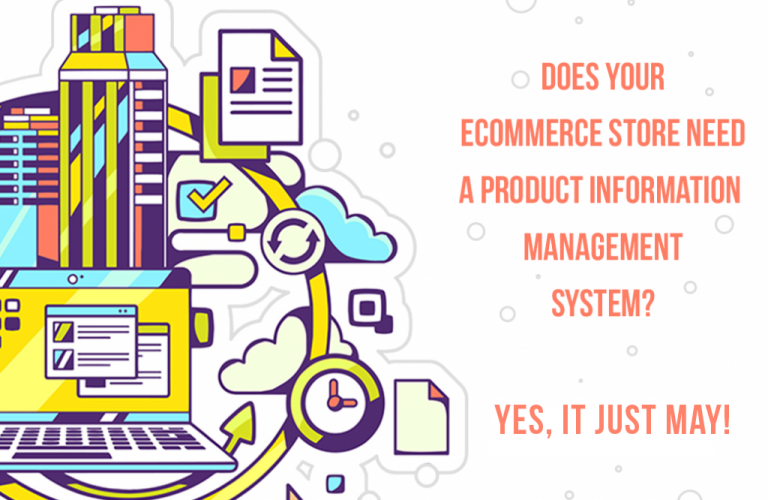

As the growth of eCommerce expands to include millions of SKUs globally, the need to effectively organize and retrieve product information across multiple sales channels is becoming increasingly crucial.
According to research by Bigcommerce.com, an estimated $40 billion in sales, or roughly 3.5%, is lost annually due to “supply chain information inefficiencies.” Companies are currently spending an average of 25 minutes per SKU per year to clean out and synch old information. Often, products can take an average of four weeks to launch.
Here are four reasons a well-designed product information management (PIM) system is crucial to eCommerce:
1. Efficiency and consistency
Consolidating all product information in a single location allows the eCommerce team to access, manage, and change information easily and consistently. New products or sales channels can be quickly added with fewer redundancies or errors in product information.


Implementing a PIM can significantly reduce the time required to update existing product information or launch a new product. Reduced time can equate to reduced costs and result in new products being ready for market in a more time sensitive manner.
2. Enhancing product information
When less time is spent managing product information, more time can be spent enhancing that information. Obvious things, such as writing unique and compelling product descriptions, adding videos, or using professional images, are often overlooked or poorly done due to a lack of time or resources.
An efficient PIM system can free up personnel and monetary resources to enhance descriptions and visual images. The end result is often an increase in customer engagement and loyalty leading to a higher conversion rate and more sales.
3. Measuring effectiveness
When product information is controlled on a central platform, it becomes easier to manage and calculate the effectiveness of the data. Scattered information in diverse databases lacks the consistency to offer quantifiable data on inventory and sales.
Establishing a PIM system to centrally record and manage product information leads to quicker and easier access to vital data for inventory and marketing purposes.
4. Consistent SEO optimization
A centralized system for managing, updating, and publishing core product content easily lends itself to consistent SEO optimization. When the information on similar products can be grouped for quick access, the process of developing SEO-enhanced descriptions is more consistent leading to increased traffic and the ability to attract a higher-qualified shopper.
In addition, core content can be efficiently and effectively customized for different sales channels and marketing segments. Making sure information is appealing to the intended audience improves the conversion rate of browsing shoppers to committed buyers.
If establishing an effective and efficient product information management system seems daunting, there are software and tools available on the market to help. Platforms such as the Asim suite, which is built around publishing and ideal for retailers with multiple sites and catalogues, or the Hybris software, catering to B2C retailers with a high online presence, can make setting up and managing a PIM system easier and more cost effective.
Salsify is another option that can help eCommerce retailers manage, share, and update product information. Salsify offers a cloud-based system, which allows employees to access the data from anywhere with Internet access. The software allows managers to collaborate and track changes throughout the system, leading to better control and increased accountability.
eCommerce retailers can benefit from storing product information in a centralized PIM in a variety of ways. From cutting costs, to increasing efficiency and consistency, to ensuring information is high-quality and compelling, a PIM can help an eCommerce store attract more customers and convert more sales.

